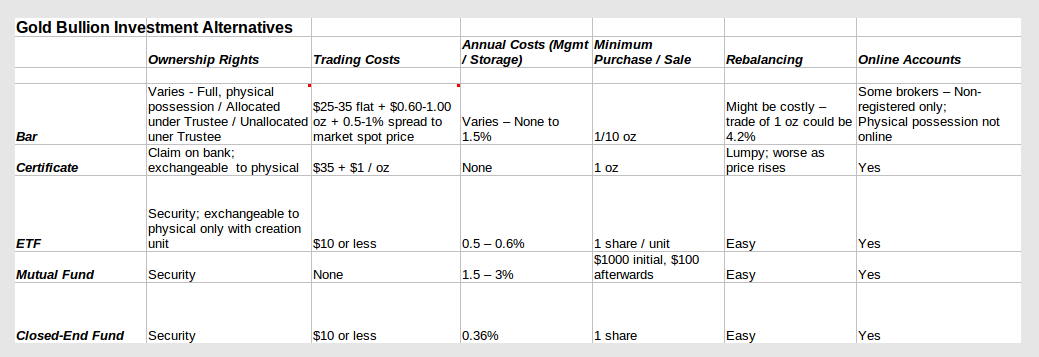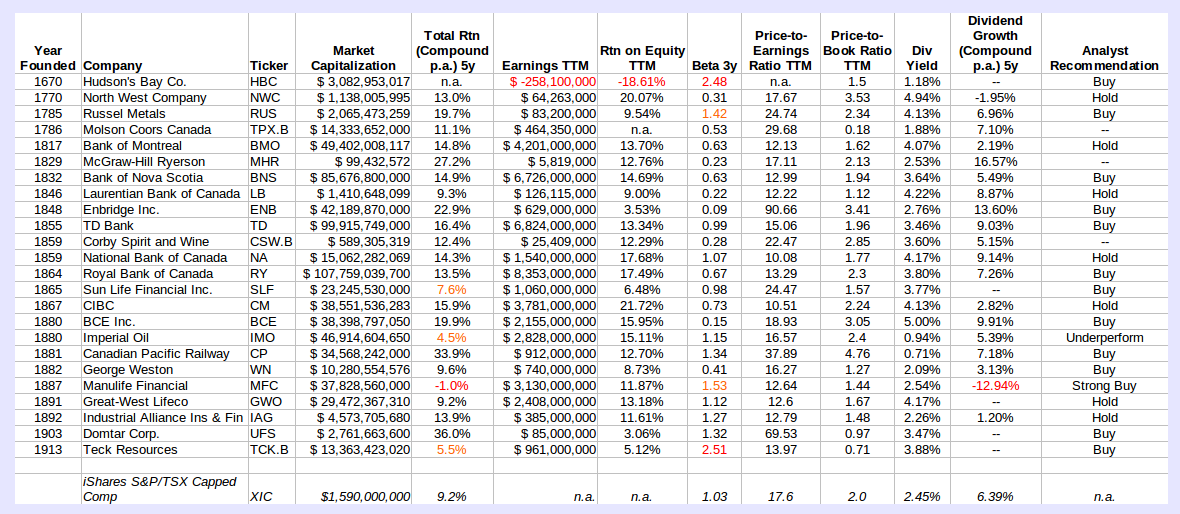HowtoInvestOnline Electric Power Utility Stocks for the Income Investor
Post on: 3 Июль, 2015 No Comment

Electric Power Utility Stocks for the Income Investor?
Income-seeking investors are in a bind with bonds. Low interest rates have reduced bond yields to minuscule levels. Furthermore, the possibility that interest rates could start to rise would hit the capital value of bonds. It is natural for an investor seeking steady income to look around at other options.
Could electric power generating utilities offer an option? After all, everyone needs power so it should be a stable business. Perhaps attractive reliable dividends are on offer and hopefully the stock price would be less volatile than that of most stocks too. Unlike bonds, if interest rates rise, the companies can adjust power rates to compensate, though perhaps slowly through a regulatory process. Finally, when the stock is held in a taxable account, the fact that dividends are taxed at a lower rate than interest increases the attraction. So let’s have a look at the main contenders in Canada and see how these ideas pan out.
1) Finding Steady Profit Makers
The first step is to find strong reliable performers and to weed out weaker companies that cannot make profits year after year who will not be able to sustain and grow dividends. Merely assuming that electric utilities will automatically be profitable is a too-risky leap. We identify the companies within the industry sector by going to GlobeInvestor’s Stock Filter and selecting Electrical Utilities in the Industry scroll box. The resulting list contains a number of preferred share issues and companies with operations mainly outside Canada so we put them aside. There are sixteen companies left, which are all listed on the spreadsheet table below.
Next we hop over to the Toronto Stock Exchange’s TMX Money website to do the manual and repetitious (since the automated stock filters don’t provide this information) but revealing task of checking the profit record of the sixteen initial candidates. Some electric utilities seem to generate more losses than power, so we’ve highlighted them in red and remove them from further consideration. (click on comparison table for details)
2) Separating the Really Good from the Middling
When we then look at a series of financial indicators to form an overall assessment, the field divides into a set of strong companies (highlighted in green in the comparison table) and another set of middling stocks.
Stocks That Don’t Quite Make It
The middling stocks all have several significant deficiencies that make us cautious despite what is an enticingly high dividend yield in several cases. The dangers include past dividend cuts, declining earnings, unsustainably high dividend payout rates, a significant net loss within the last five years, no dividend at all, too high stock price relative to earnings (P/E ratio) and high stock price volatility as reflected in the high stress 2008 period. Many are relatively small companies — as reflected by the quarterly revenue column — which would mean greater impact from any problems in a less diversified operational base.
Algonquin Power & Utilities Corp ( TSX quote: AQN ) almost makes it to the top category. Its significant loss and dividend cut in 2008 may now be merely history and its recent indicators like payout ratio, interest coverage, debt to equity level, quarterly profits, per share profit growth and P/E ratio appear to show dividend stability and potential stock value. Certainly one of our top companies — Emera Inc — seems to think so as it has just increased its stake in Algonquin .
The Cream of the Crop
Four companies fit the desirable stable image we want through such characteristics as: profits year in and year out, rising profits (though to much varying degrees), dividends that not only are sustained but rising over time, stock prices that survived the 2008 crash much better than the TSX. conservative financial ratios for debt levels and interest coverage. Three of four have the welcome and useful bonus of offering DRIP (dividend reinvestment) programs that allow purchase of more shares at a discount.
Canadian Utilities Ltd (quote: CU ) — This stock demonstrates the error of judging a stock only by its current dividend yield. It has the lowest dividend yield at only 2.8% but it has raised it twice in the last two years. The low dividend payout ratio and healthy recent profit growth (3-year EPS ) suggest room for more dividend rises. Its P/E at 15.8 is still well below that of the TSX Composite’s 19.7 and within the range of 15 or less that professional analysts use to judge fair value for utilities.
Emera Inc (quote: EMA ) — This company, and its stock, has been on a tear recently. Very strong profit growth and dividend increases in each of the last three years have pushed stock price appreciation far ahead of the TSX. The DRIP discount of 5% is at the high end of any offered. Its dividend is still a relatively high 4.1%. From the looks of the company news its expansion plans continue. The key question is whether it will be successful in doing that profitably.
Fortis Inc (quote: FTS ) — The biggest of the utilities, it personifies the image of a conservative, solid performer — steady unrelenting rising profits, stock price that blipped downwards very little during 2008, regular dividend increases but a modest dividend yield. If there is still such a thing as a widows and orphans stock, this is probably it.
TransAlta Corporation (quote: TA ) — There might justifiably be doubts about this company’s dividend stability. Its payout is currently significantly more than its profits. The market seems to think so as the stock price has actually declined in the past year (see chart below) while the overall market has gone up. As a result its dividend yield is the highest of the top group at 5.5%. An investor is well advised to start reading the company financial reports to figure out what is going on before buying in.

The overall impression the data leaves with this blogger is that currently one gets what one pays for amongst electric power stocks.
What About the Future?
One big question is whether these companies’ stock prices are liable to languish since three of the four have far outstripped the one-year price rise of the TSX Composite Index (blue line in chart) as shown in the chart below from TMX Money.
The professional analysts seem to think that’s the case as only Canadian Utilities is rated a BUY while the others are given a Hold recommendation in our Returns Market Sentiment table (click on chart image below for details).
The other key issue is whether — as for any stock and company — past performance is likely to be sustained and whether we investors are about to purchase a piece of a business on the upswing or the downswing. The usual essential step of due diligence imposes itself: reading company reports, analyst commentary and investigating other news to form an opinion about those prospects.
Other Resources :
TMX Stock Screener — also has a Utilities selector to cross-check lists of potential companies
DRIP blog list — Canadian companies’ dividend reinvestment program details with links
Disclaimer. this post is my opinion only and should not be construed as investment advice. Readers should be aware that the above comparisons are not an investment recommendation. They rest on other sources, whose accuracy is not guaranteed and the article may not interpret such results correctly. Do your homework before making any decisions and consider consulting a professional advisor.














